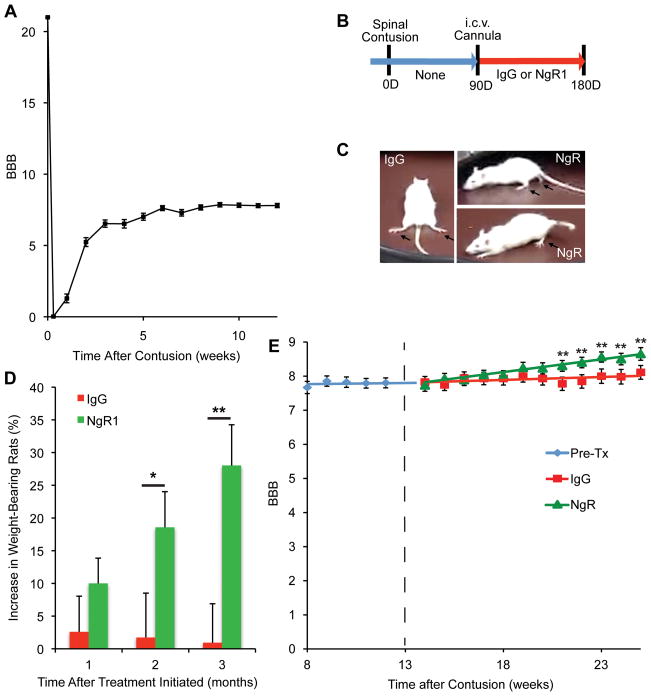Figure 5. Recovery of weight bearing after NgR1 treatment of chronically spinal cord contused rats.
A, Spontaneous improvement of open field locomotion (BBB score) as a function of time after thoracic spinal cord contusion injury for all rats prior to randomization to IgG or NgR1 treatment. Mean ± sem, n = 64.
B, Schematic of experiment. Two weeks after the i.c.v. cannula implantation (12 weeks post-contusion injury), rats were assigned to one of two treatment groups. The PBS minipumps were replaced with new osmotic minipumps filled with 2.25 mg AA-NgR(310)ecto-Fc (0.29 mg/kg/day) or 2.25 mg rat IgG in 2 ml PBS. The duration of treatment was 12 weeks. A new osmotic mimipump filled with same amount of AA-NgR(310)ecto-Fc or rat IgG replaced each depleted pump every 4 weeks.
C, Examples of a control rat without weight support at the end of the treatment period and two of the seven AA-NgR(310)ecto-Fc treated rats that regained weight support.
D, The increase in the percentage of rats showing body weight support with at least one hindlimb as a function of time during therapy is reported. P=0.022 by repeated measures ANOVA for the effect of NgR1 versus IgG treatment, and *, P<0.05, and **, P<0.01 for the indicated comparisons by one-way ANOVA.
E, The course of recovery after the initiation of treatment (dotted line) is plotted as a function of time. The locomotor BBB scores from the IgG and AA-NgR(310)ecto-Fc-treated groups were indistinguishable at the initiation of treatment. Data are mean ± sem, n=29 for IgG and n=35 for NgR1 group. P=0.002 by repeated measures ANOVA for the effect of NgR1 versus IgG treatment, and **, P<0.01, one-way ANOVA for NgR1 treated values relative to pre-treatment value by post-hoc Fisher’s least-significant difference test using SPSS software.

